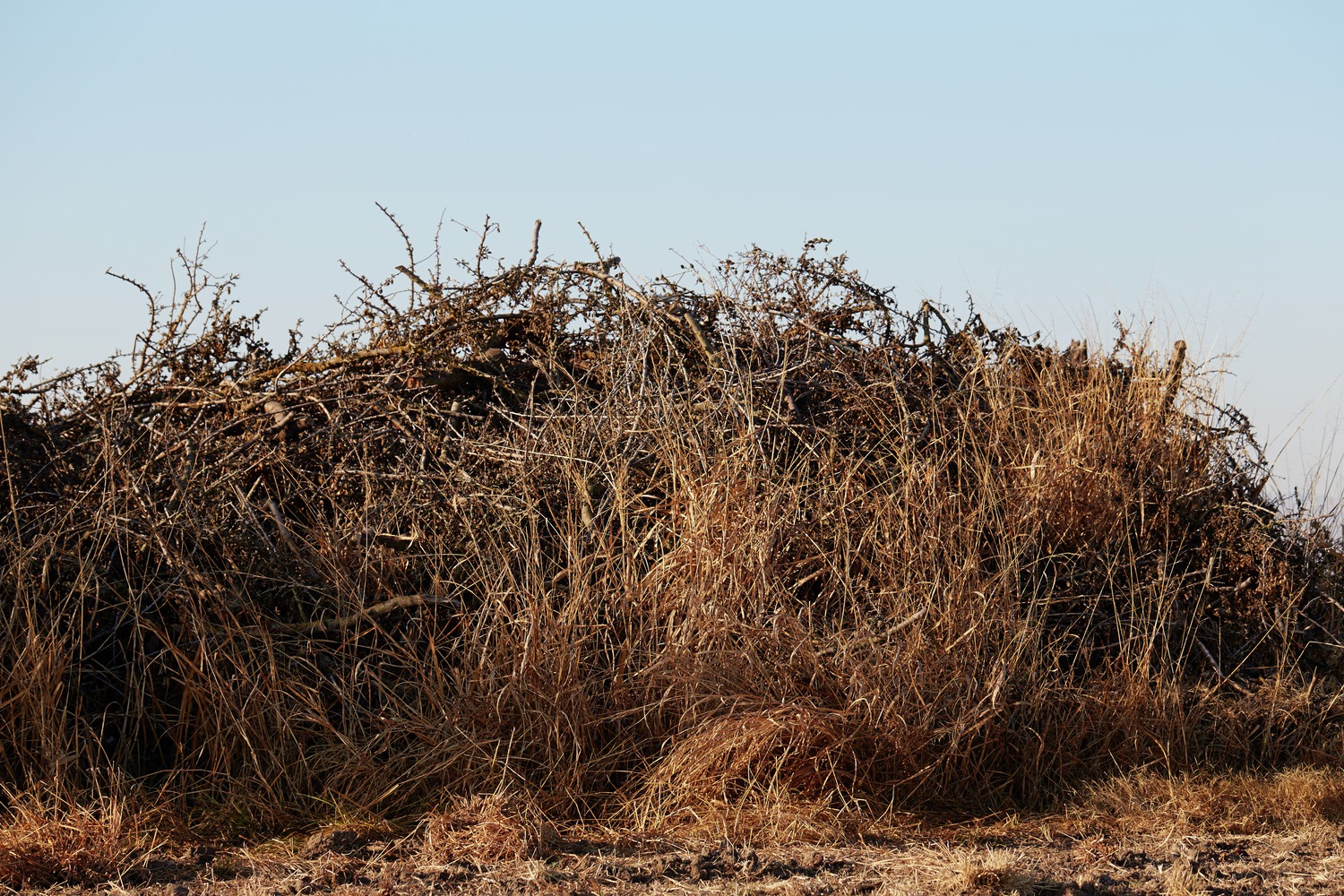
Growers that might otherwise still be burning until the ag burn phase-out is complete have incentives available to accelerate adoption of alternatives to open burning.
The Alternatives to Agricultural Open Burning Incentive Program provides growers “incentives to chip or shred agricultural material from orchard/vineyard removals as an alternative to the open burning of the agricultural materials,” according to the program’s webpage.
Chipping with soil incorporation (discing/ripping/whole orchard recycling) and chipping without soil incorporation (land application of mulch or other on-site practices) are two alternatives that provide incentive values ranging from $300/acre to $1,300/acre depending on the type of operation (orchard, cane-pruned vineyard, cordon-pruned vineyard.)
A third alternative became available through the program as of September 1. “The additional option of off-site beneficial re-use has now been introduced… which does allow additional options,” said Crystal Yunker, supervising air quality specialist with the San Joaquin Valley Air Pollution Control District.
This alternative, which, according to Yunker, is currently being approved for incentive payments on a case-by-case basis, may involve practices such as mulching, composting or land application near roadways for dust suppression. Incentive values range from $600/acre to $1,300/acre depending on the type of operation. According to the program webpage, there is an additional incentive of $100/acre provided for each alternative to agricultural operations with less than 100 total acres within the San Joaquin Valley.
“The District has continually worked with agricultural stakeholders to identify alternatives for the disposal of agricultural waste and to make those alternatives more accessible to Valley growers,” said San Joaquin Valley Air Pollution Control District’s Heather Heinks.
Originally approved in 2018, the Alternatives to Agricultural Open Burning Incentive Program “recognized that substantial funding was needed to offset the costs of implementing new alternatives necessary to achieve the goal of a near-complete phase-out of agricultural burning by 2025,” Heinks said. “Thanks in part to lobbying efforts by the District, CARB and Valley agricultural leaders, the District was successful in receiving $178.2 million in grant funding for alternatives to agricultural burning to be spent over the next three years.”
Chipping contractors and agricultural operations are also eligible for funding to expand their existing fleets and chipping equipment, she added, but the program is currently oversubscribed and is no longer accepting new applications.











